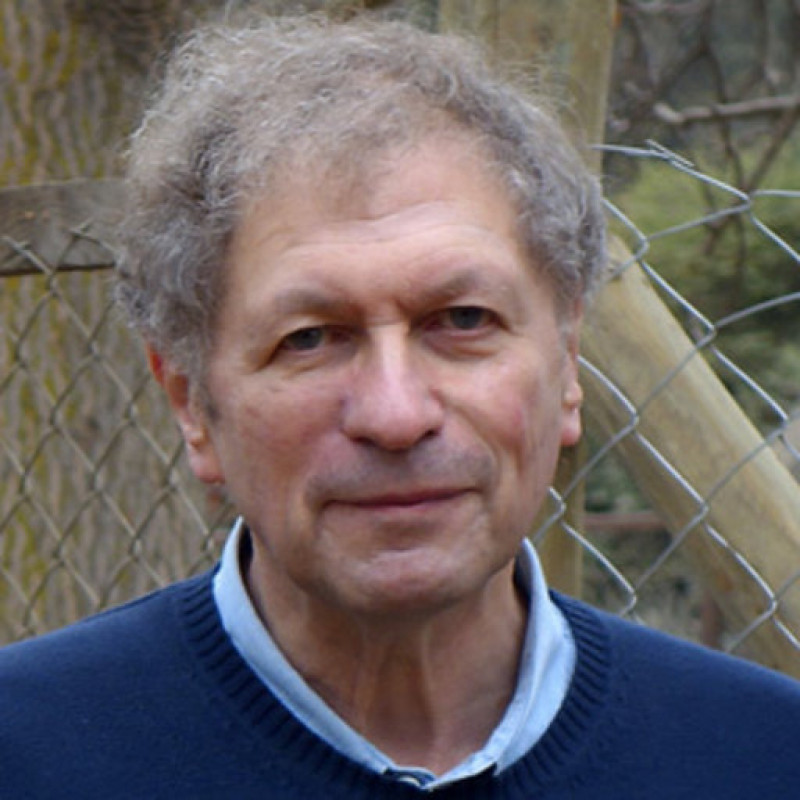KLI Colloquia are invited research talks of about an hour followed by 30 min discussion. The talks are held in English, open to the public, and offered in hybrid format.
Fall-Winter 2025-2026 KLI Colloquium Series
Join Zoom Meeting
https://us02web.zoom.us/j/5881861923?omn=85945744831
Meeting ID: 588 186 1923
25 Sept 2025 (Thurs) 3-4:30 PM CET
A Dynamic Canvas Model of Butterfly and Moth Color Patterns
Richard Gawne (Nevada State Museum)
14 Oct 2025 (Tues) 3-4:30 PM CET
Vienna, the Laboratory of Modernity
Richard Cockett (The Economist)
23 Oct 2025 (Thurs) 3-4:30 PM CET
How Darwinian is Darwinian Enough? The Case of Evolution and the Origins of Life
Ludo Schoenmakers (KLI)
6 Nov (Thurs) 3-4:30 PM CET
Common Knowledge Considered as Cause and Effect of Behavioral Modernity
Ronald Planer (University of Wollongong)
20 Nov (Thurs) 3-4:30 PM CET
Rates of Evolution, Time Scaling, and the Decoupling of Micro- and Macroevolution
Thomas Hansen (University of Oslo)
4 Dec (Thurs) 3-4:30 PM CET
Chance, Necessity, and the Evolution of Evolvability
Cristina Villegas (KLI)
8 Jan 2026 (Thurs) 3-4:30 PM CET
Embodied Rationality: Normative and Evolutionary Foundations
Enrico Petracca (KLI)
15 Jan 2026 (Thurs) 3-4:30 PM CET
On Experimental Models of Developmental Plasticity and Evolutionary Novelty
Patricia Beldade (Lisbon University)
29 Jan 2026 (Thurs) 3-4:30 PM CET
Jan Baedke (Ruhr University Bochum)
Event Details

To join the KLI Colloquia via Zoom:
https://us02web.zoom.us/j/86548837670?pwd=AWm1v389npLyoJD5e01a9rjMXD7FP6.1
Meeting ID: 865 4883 7670
Passcode: 342640
Topic description / abstract:
This talk will present an interpretation of the evolution of multicellular organisms based on physical inherencies of cell aggregates and the conserved, intrinsic functionalities of cells. Focusing on the metazoans, it will describe how morphological motifs across all animal phyla – tissue layers and cavities, segments, appendages – are attractor states in morphospaces of cell clusters that arose with the appearance of clade-specific toolkit molecules such as classical cadherins, Wnt, and Notch. Further, the emergence of evolutionarily optional functionally differentiated cells and organs in the animals – e.g., muscle, liver, kidney – is based on partitioning and amplification of life-sustaining processes that at the cellular level are obligatory. This is accomplished by chromatin-based, enhancer-dependent gene co-expression machinery unique to metazoans. In contrast to the gradual generation of novel forms and functions postulated by adaptationist population biological models, this newer perspective suggests that novelties arising from these material and cellular inherencies come to characterize evolutionary lineages by serving as enablements for new kinds of organismal agency. This faculty, which pertains to all living systems, is the basis of niche selection and other creative capabilities that led Richard Lewontin to speak of the organism as subject, not just object, of evolution.
Biosketch:
Stuart A. Newman is a professor of cell biology and anatomy at New York Medical College, Valhalla, New York and a member of the External Faculty of the Konrad Lorenz Institute (KLI). His early scientific training was in chemistry, but he then moved into biology, both theoretical and experimental. He has contributed to several fields, including biophysical chemistry, embryonic morphogenesis, and evolutionary theory. His theoretical work includes a mechanism for patterning of the vertebrate limb skeleton based on the physics of self-organizing systems, and a physico-genetic framework for understanding the origination of animal body plans. His experimental work includes the characterization of the biophysical process of matrix-driven cell translocation and evidence for thermogenesis-related gene loss in the origin of birds. Newman has also written on ethical and societal issues related to research in developmental biology and was a founding member the Council for Responsible Genetics (Cambridge, Mass.). He has been a visiting scientist at the Institut Pasteur, Paris, Monash University, Melbourne, Australia, the University of Tokyo, Komaba, Japan. He is editor of the KLI’s journal Biological Theory.


